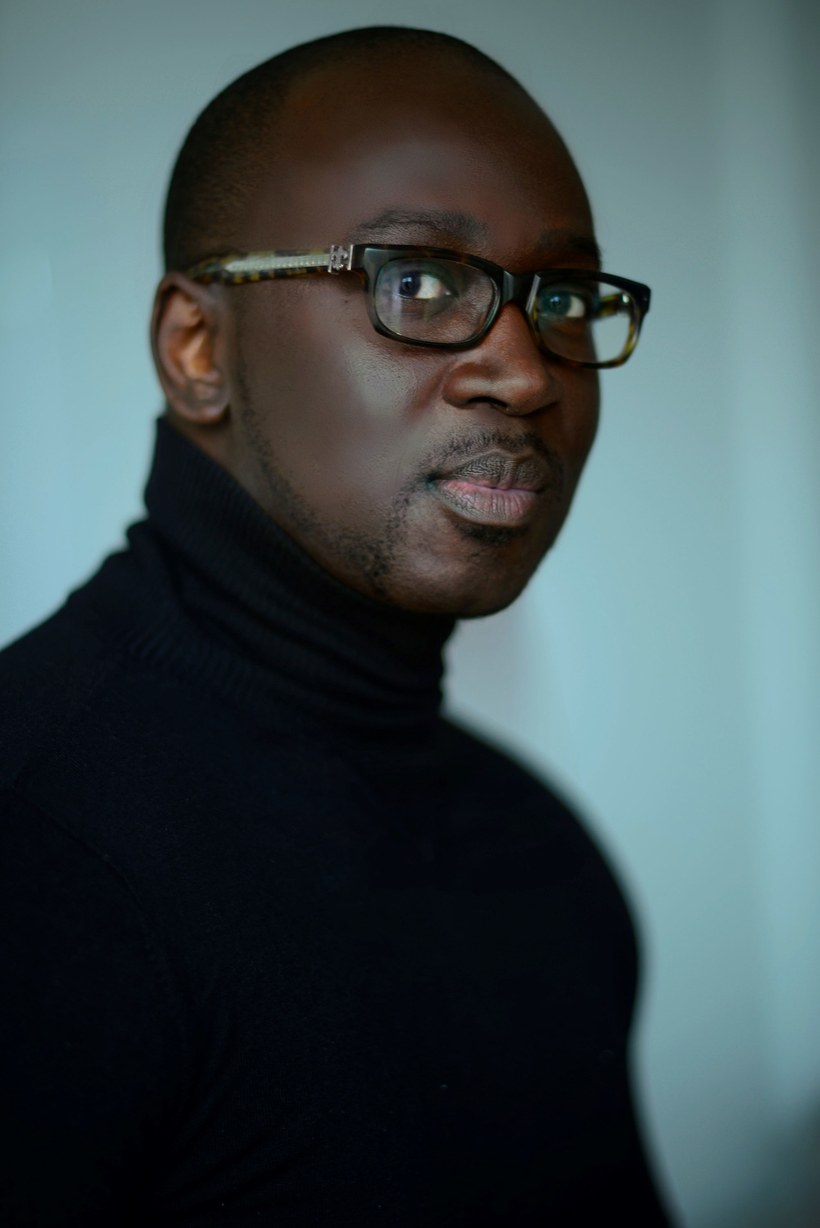Who influenced your drive to make sure Sukeina welcomed different walks of life? Has your fashion practices such as mixing materials and using various colors helped create a brand that includes people for who they are?
I had a collection called Hue as colors, different tint, different colors, different hue, but hue is short for humanity. I am incredibly curious, inspired, and intrigued by humanity. I am convinced that even if you live in your body as long as you have been conscious since the day you were born, there are sides to you that I get to see that you do not see.
With Sukeina, we try to mirror what people bring into the room as best as we can because we are in the room when people are not here and it can be dark. And when you come into the room and you light it up, we acknowledge what you bring into it. By the time you leave the room and it goes back to dark again, you do not know what it was or what it has become as a result of your presence and what it went back to when you left the room.
I try to reflect back at people and what every single person who comes across Sukeina brings to the table. If your body moves in a very rhythmic way, I mirror that. If your body moves in a very sultry way, I mirror that. If your height makes the rest of the room feel calm and low, I mirror that. Whatever your light brings in the room, I try to reflect, contrast, or emphasize it. I know that my vantage point by not being you is seeing the sides of you that you cannot see. I am convinced that if you do that, only then people will finally recognize themselves as necessary and important because now they are aware of the unique contribution they bring into the room.
I am convinced that each person has such an essential and unique gift at the essence of them. The only reason why people try to emulate so many other things outside of themselves is because they are not aware of themselves. But the moment they meet with their light, they become protective of it. And they develop it because they are aware of the value of it.
How has the crossover set your brand apart from other ready to wear and women’s wear brands?
It is funny, I am very open to everything. I kind of wear binoculars. I look at rocks, I listen to music, I watch dance, I find interest in new hairdos and people who would be considered weird, expressions that are odd interest me, meditation interests me, film interests me. But yet, when it comes to fashion, I do not always look at how other brands are being built. I know it sounds like an oxymoron. I do not know if I am set apart from other designers or if I am different or not. I just try to really make sure that I do not pull any vocabulary from any other fashion houses.
Oftentimes people ask ‘what designer inspires you?’ And my response is none because if they are great, it is already well done. So, why do it? And if they are not, why even look at it because it will not be inspiring to me. I will say in full disclosure, I do not look at other fashion brands at all. There are fashion designers that I do respect because of their mentality and the way they go about their vision of their brands.
Are you able to crossover apparel design and screenwriting into fashion as a story-teller?
They are one of two of the same things. I honestly think that my approach to fashion is very much the same approach to screenwriting.
I thought about a story that was already told without anybody uttering a word. In the way we dress, we can actually address. Clothing is a conversation. It is a language that, even in silence, moves very quickly and can be really thought provoking. From that moment, I think I found a language that is more permanent, immediate, though transient, that film can tell a story. That is when my interest in fashion was born.









